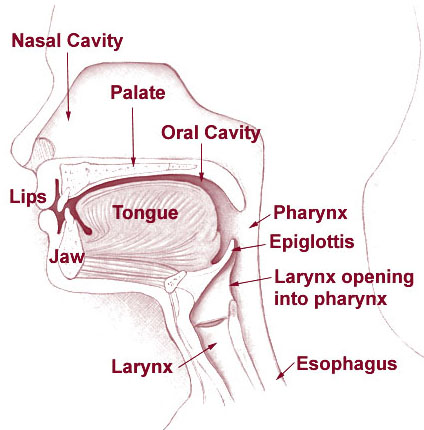

Simply put, pronunciation is nothing more than how we make sounds. All of these sounds – some being more crude than others and not necessarily considered proper language – are what makes up our spoken language. Keep in mind, that’s our spoken language. There is no pronunciation in the written word; only in how we interpret what we see.
What’s interesting about pronunciation is its fluidity. Think about it. All of the different languages are but the fluidity of sound; attempting to make sense of universal things and concepts – concrete and abstract – in the human experience. These different languages emerged not from one language, but they did through one creature: the human species, and as such languages all share in the capacity and limitations of the human voice. Even within a single language there can exist many variations; something we refer to as dialects. These dialects emerge through the defining barriers of human culture; whether that be physical distances, intercultural mingling, social classes, or education.
In the end, pronunciation is the result of stringing sounds together to form words. It is in those sounds, called phones, that yield the dialect of a particular group of people. These phones are the syllables of our words, and each syllable can be a single letter, a pair of letters – comprised of one or two vowels, one or two consonants, or a combination of vowel and consonant – or a combination of vowel(s) and consonant(s). Each syllable, in any given language, has gained an identity – a sound – that is mimicked by any group of humans. It is relatively constant and can be modified by their arrangement and accent.
Diction is all about clearly pronouncing words so one might be well understood. Elocution is all about formal diction – that which the dominant culture of a society deems proper to speak – and as such, good elocution can easily enhance one’s social standings and economic advantage. To this point, we, as tutors, must pay a lot of attention. Today’s temporal society is all about diversity, and while diversity has not demonstrated that such acceptance translates into broad social benefits, it is a current trend that affects the efficacy of a tutor’s work.
What’s very interesting is the physical anatomy involved in the creation of sounds. From the lungs to the front edge of our lips, each part of our vocal tract is responsible for the production of specific sounds. Beyond that, even the direction one’s breath is heading – in or out – effects the qualities of sounds produced in the various parts of the vocal tract. I’m not going to break this all down. We aren’t speech therapists, we’re tutors. But it is important to understand that your student, an adult, has developed and habituated a complex series of vocal tract movements and maneuvers that produce the native language they speak. In some cases, such physical addictions are benign to your goal of good pronunciation of the English language. In other cases, such habits create frustration and chronic, poor pronunciation. That’s what an accent is all about.

One time I was convinced that a student of mine suffered from some vocal disorder that mere phonetic practice would never correct. After some time, I sought out a speech therapist and made contact. She would make herself available, and then, miraculously, my student’s pronunciation of certain phones began to shift. I never sent my student to the speech therapist. Instead, I just kept pounding away at the phonic sounds of English. My student’s slowly getting there. Repetition! Repetition!
I strongly suggest you work on those phones; those syllabic sounds. There’s some 77 of them in all; though there’s only 19 vowels sounds and 25 consonant sounds. That’s right, we love to confound a letter or two by imbuing it or them with more than one phonetic result. Be patient. Be consistent. Keep at it.
DOWNLOAD BELOW